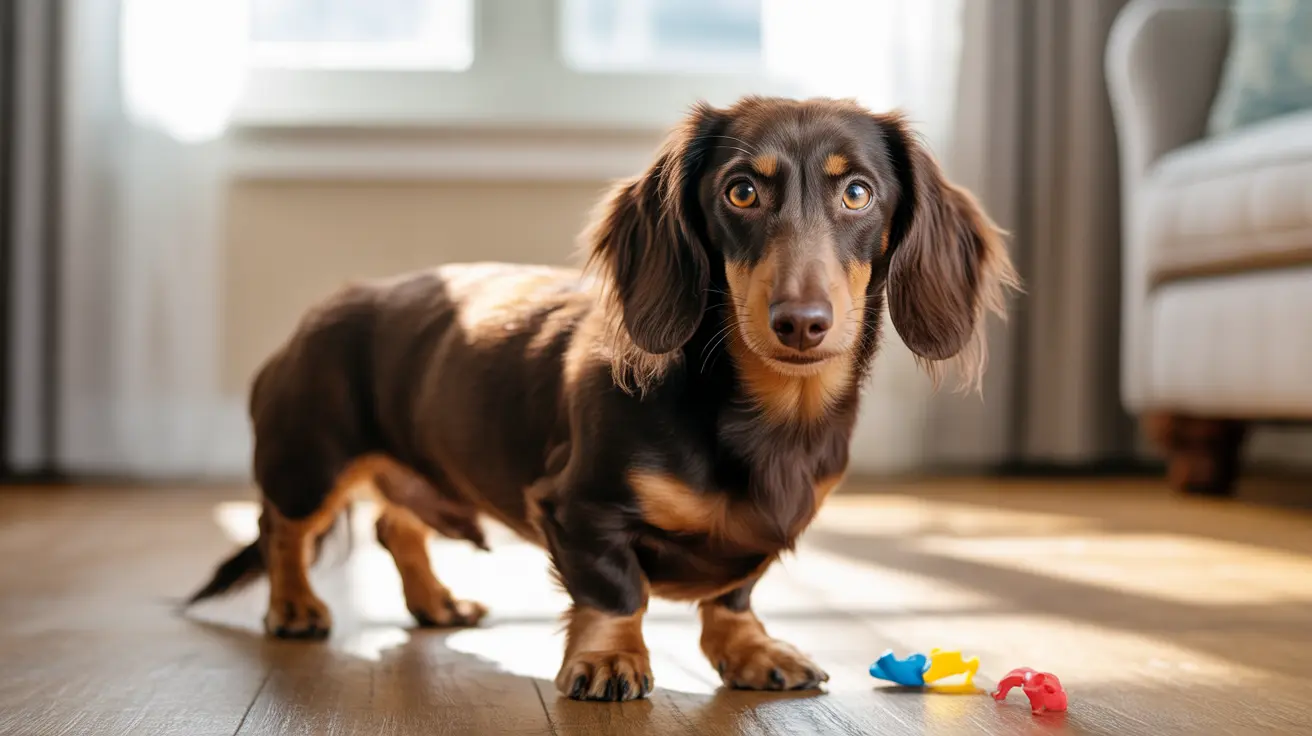Understanding and Managing Aggression in Dogs
Aggression in dogs is a serious behavioral issue that can manifest in many forms and stems from various underlying causes. While not always fully curable, aggressive behavior can often be effectively managed and significantly reduced through consistent training, professional help, and environmental adjustments. Knowing how to identify, interpret, and address these behaviors is critical for ensuring safety and improving a dog’s quality of life.
Types and Causes of Aggression
Dogs may show aggression due to several reasons. The most common types include:
- Territorial aggression: Dog defends an area from intruders.
- Possessive aggression: Dog guards food, toys, or sleeping areas.
- Protective aggression: Dog defends family members from perceived threats.
- Fear-based aggression: Triggered by perceived threats and low confidence.
- Dominance aggression: Dog seeks to assert control over people or animals.
- Pain-induced aggression: Linked to illness or injury.
Contributing factors also include lack of proper socialization, history of abuse or trauma, certain genetic predispositions, and environmental stressors. Understanding these reasons is the first step in addressing aggression appropriately.
Warning Signs and Triggers
Aggressive behavior often begins with subtle warning signs such as stiffening, growling, avoiding eye contact, tail tucking, and standing rigid. Recognizing these early indicators can help prevent escalation. Triggers vary by dog and can include:
- Other dogs
- Strangers
- Loud or sudden noises
- Specific environments or scenarios (e.g., dog parks, busy intersections)
Reactivity should be distinguished from true aggression. Reactive dogs overreact to stimuli, often due to fear or past negative experiences. If untreated, reactivity may evolve into aggression.
Steps to Managing Dog Aggression
Effective management involves a combination of strategies targeting the dog’s behavior, environment, and routine.
- Identify triggers: Observe and document what causes aggressive responses.
- Limit exposure: Avoid situations known to provoke aggressive behavior until the dog is better prepared.
- Use counterconditioning: Associate triggers with positive experiences like treats or praise from a safe distance, gradually minimizing the space over time.
- Implement desensitization: Slowly introduce the dog to their triggers in a controlled, calm manner.
- Use professional equipment: Secure containment tools such as double-ended leashes or basket muzzles increase safety during training.
- Establish structure: Provide a predictable daily routine, adequate exercise, and mental stimulation (e.g., puzzle toys, scent games).
- Create a safe space: Designate a calm area where the dog can retreat when overwhelmed.
- Teach basic commands: Reinforce obedience skills like "sit," "stay," "come," and "leave it."
Training Guidance and Positive Reinforcement
Consistency and positive reinforcement are key. Punishment should never be used, as it may heighten fear and increase the risk of unpredictable aggression. Reward calm, desirable behaviors promptly and lavishly. Avoid high-stress environments such as crowded dog parks until your dog is better prepared.
Always maintain calm energy, avoid direct confrontation or staring, and respect the dog’s communication signals.
Gradual Socialization
Introducing an aggressive dog to others requires patience and a structured approach:
- Begin with parallel walks with a neutral, calm dog.
- Use distance and reward calm behavior.
- Shorten distances only as the dog shows consistent tolerance.
- Keep sessions brief and positive to avoid overstimulation.
The goal is comfort and neutrality—not forced friendliness. Some dogs may never enjoy social interaction and will require lifelong management.
When to Seek Professional Help
Professional assistance is highly recommended for most aggression cases, particularly those involving bites. A certified dog behaviorist or veterinary behaviorist can:
- Determine the type and cause of aggression
- Rule out medical issues
- Create a customized behavior modification plan
- Prescribe medication if needed (as a temporary support)
Working under professional guidance ensures both safety and effectiveness and helps track progress accurately over time.
Supporting Dogs with Traumatic Backgrounds
Dogs with histories of abuse or use as bait dogs need extra compassion:
- Build trust slowly and patiently
- Provide a secure, loving environment
- Reinforce all progress, no matter how small
- Use crates as safe havens, never punishment zones
- Allow recovery at the dog’s pace
Setting Realistic Goals
Progress may be non-linear. Some dogs may eventually remain calm around strangers or dogs, while others may always require management. Setting achievable goals, maintaining a training log, and celebrating small wins can help keep owners committed and positive.
Conclusion
While aggression in dogs may not always be completely cured, thoughtful intervention, training, and professional input can drastically improve behavior. A structured plan that prioritizes safety, predictability, and positive reinforcement helps the dog regain trust and confidence over time.





